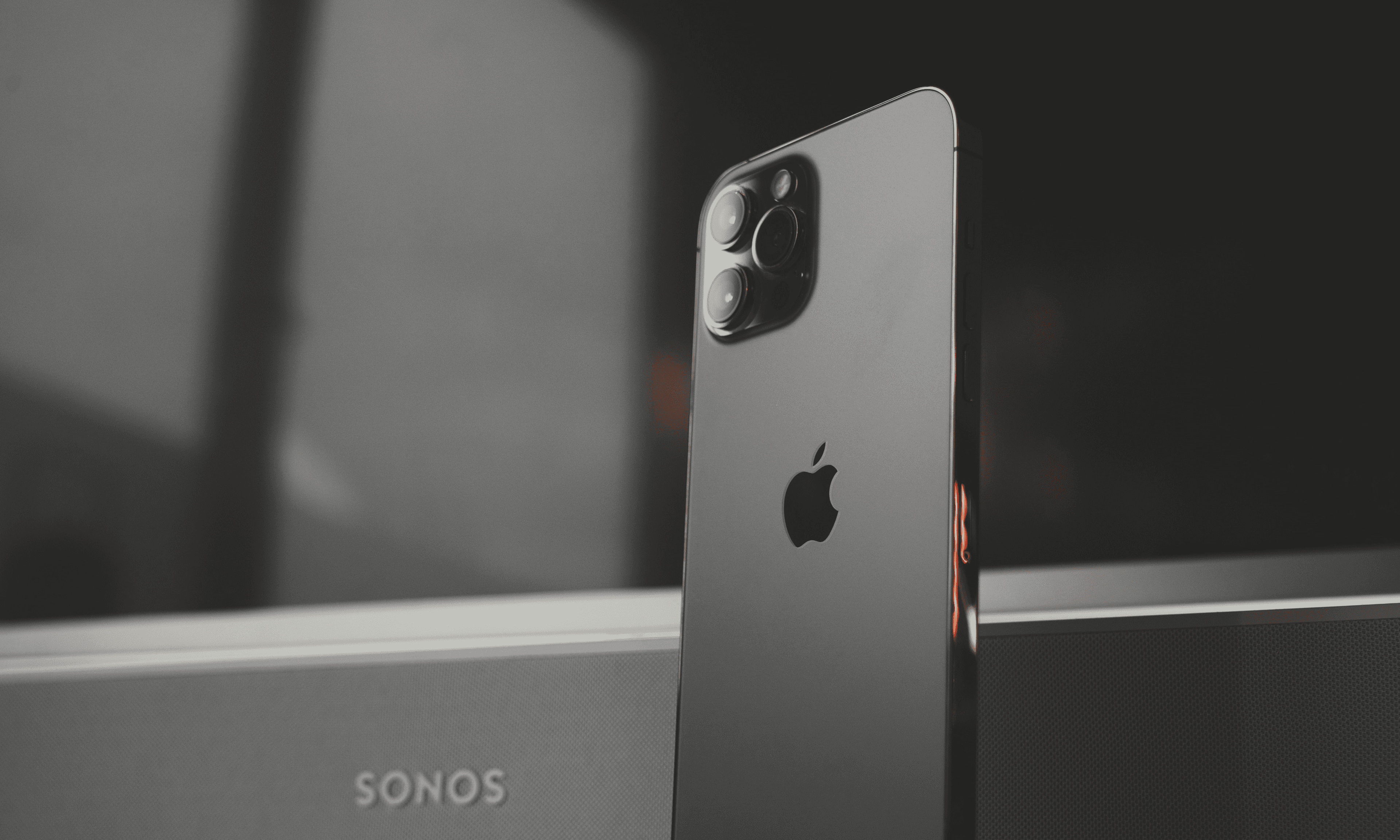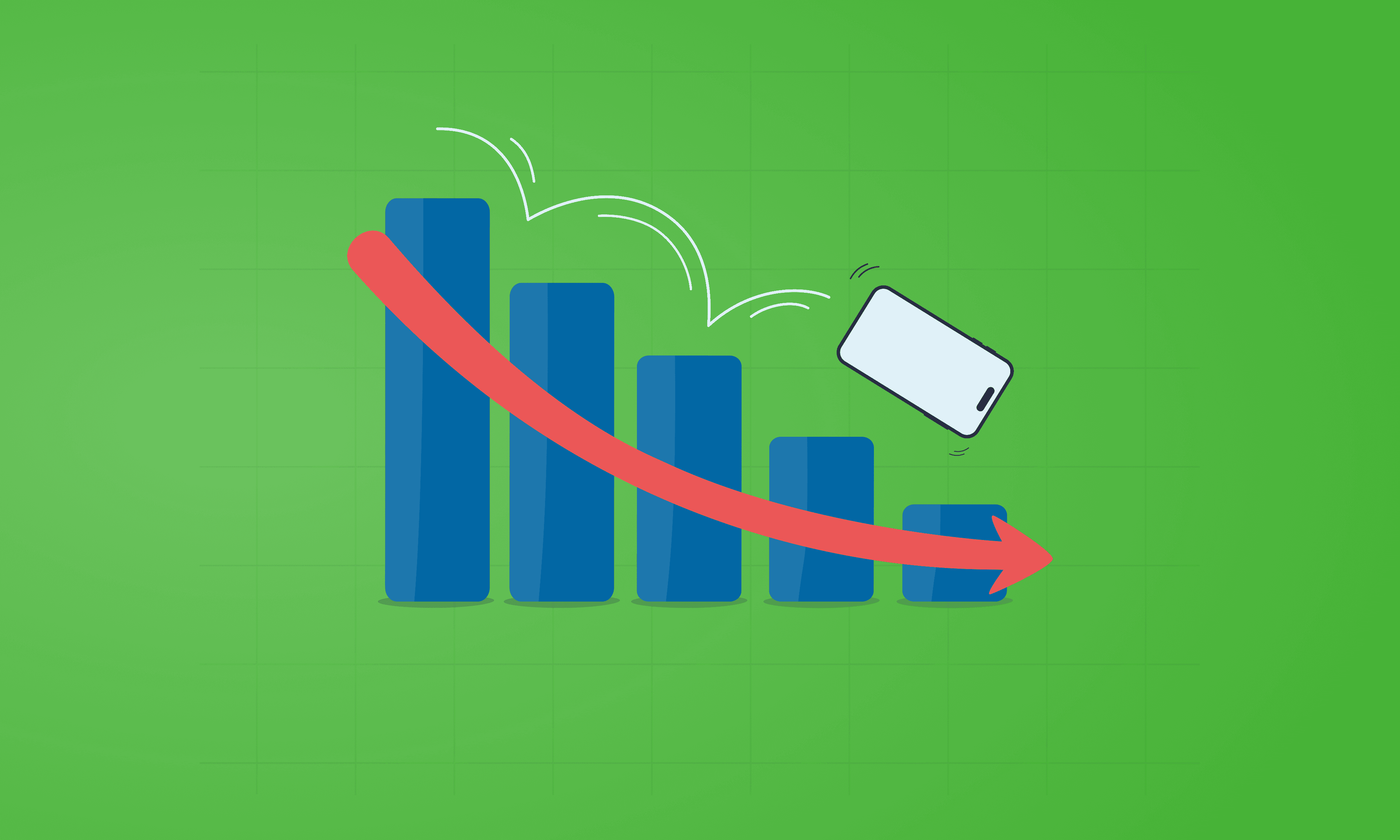How bioleaching and e-waste-eating bacteria could change electronics recycling.

Written by Yasmin Maagbe, Content and PR Executive | Environment and Consumer Electronics
Last updated on 12 December 2025

The negative environmental impacts of our addiction to smartphones are becoming more and more apparent. Short lifespan of phones that is driven by frequent releases and limited software support render smartphones unusable way too soon. On the other side there are recycling challenges that lead to e-waste piling up. Our used devices are full of precious metals that can be extracted to create new products which would save natural resources and reduce the demand for mining new materials and chip away at their contribution to climate change.
The recycling of electronics has been a challenge for many years. Mainly because devices are packed with metals that have different properties and some are present in very small quantities but are extremely valuable. Extracting these from a smartphone at its end of life requires various costly techniques which are not always carbon-efficient. But researchers have been experimenting to innovate electronics recycling with the aim to preserve as many metals as possible suitable for reuse and have created an alternative method involving bio organisms and it’s called bioleaching.
The demand for electronics has been on the rise for the past decade, causing the planet more harm than good. Millions of phones are being sold in the UK but having a connected life, one that involves depleting natural resources.
The environmental impact of extracting metals to build electronics including smartphones is a major concern. The mining processes are one of the most polluting in the world. As the demand for metals is increasing, so too is the volume of mining. The extraction of metals from the earth is energy and carbon demanding and is responsible for 20% of health impacts from air pollution and 26% of global carbon emissions, according to a UN study. The cherry on top is that metals mined to make electronics are not renewable and sooner or later we will simply run out of them.
Relevant reading:
On top of smartphone manufacturing being unsustainable, the way we discard gem packed devices is even worse. Too often our pocket-sized electronics end up being illegally dumped into landfill abroad or shredded and incinerated which causes more carbon pollution and wastes precious metals. Printed circuit boards alone, which act as veins in a complex structure of a smartphone, have 40% of precious metals and nonmetals embedded into them which makes them a ‘gold mine’. One metric tonne of printed circuit boards contains between 80 to 1500 kg of gold and 160 to 210 kg of copper.
Image: N2S
In 2021 alone the world produced 52 million metric tons of e-waste and it is expected to more than double by 2050, according to United Nations University. At the moment, even advanced recycling methods can’t make enough progress in curbing e-waste. Additionally, current recycling practices aren’t sustainable and have their flaws, such as the amount of energy they require and the toxic gases that are released in the process. They also have a few major drawbacks, like the fact that they use chemicals to leach metals which are toxic and pose environmental and health risks.
With bioleaching technology, which is a relatively new process that has been developed over the last few decades, e-waste recycling has a chance to be the most environmentally friendly way of extracting metals from urban mines. It's also a very cost effective method, as it doesn't require any expensive equipment or large investments in infrastructure.
In its essence, bioleaching is a process that breaks down the material (a printed circuit board for example) through the use of living organisms such as bacteria. First of all, e-waste components are ground into powder and placed into a bioreactor with nutritious water where bacteria thrives and multiplies. Due to the specifics of metabolism of bioleaching microbes, the bacteria consumes the ‘waste’ producing a solution that is rich in extracted metals, for example gold. Afterwards using an electrolyte process the metals are retrieved in solid form for reuse. The byproduct of this process can be used as fertiliser or reused to make plastics which proves that bioleaching is an eco-friendly way to solve our e-waste problem. Although this recycling method is relatively slow, it is a very small price to pay moving towards a circular economy within electronics recycling.
The current recycling methods are not sustainable because of the volume and complexity of e-waste. They are not able to handle the huge increase in e-waste that is generated every year and are still far from being environmentally-friendly. With better recycling methods, such as bioleaching, we would be able to keep valuable resources in circulation and stop relying on virgin metals to be mined. The UK's bioleaching industry is growing, with an ever-increasing number of innovative companies joining the field. The future of bioleaching is bright, with this innovative technique scaled up we can boost electronics recycling rates to a more sustainable standard.
Relevant reading:

The iPhone used to define innovation. Now every new model feels the same. Is Apple’s story running out of pages?

See which Apple, Samsung and Google phones hold their value best over the first and second year on the market.
With Pixels becoming a decent contender for your upgrade choice, we’ve crunched the numbers to reveal depreciation patterns of Google Pixel phones.